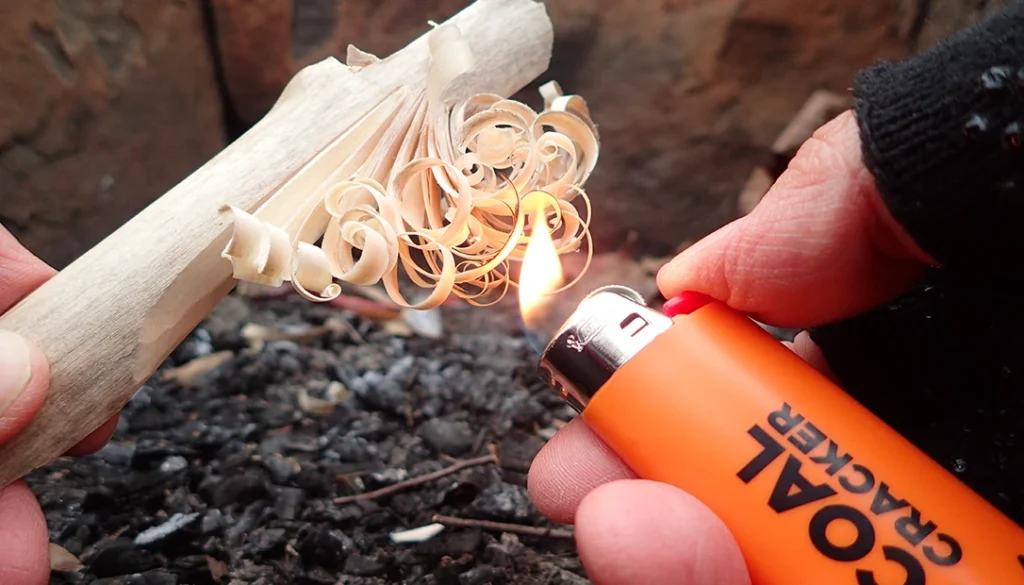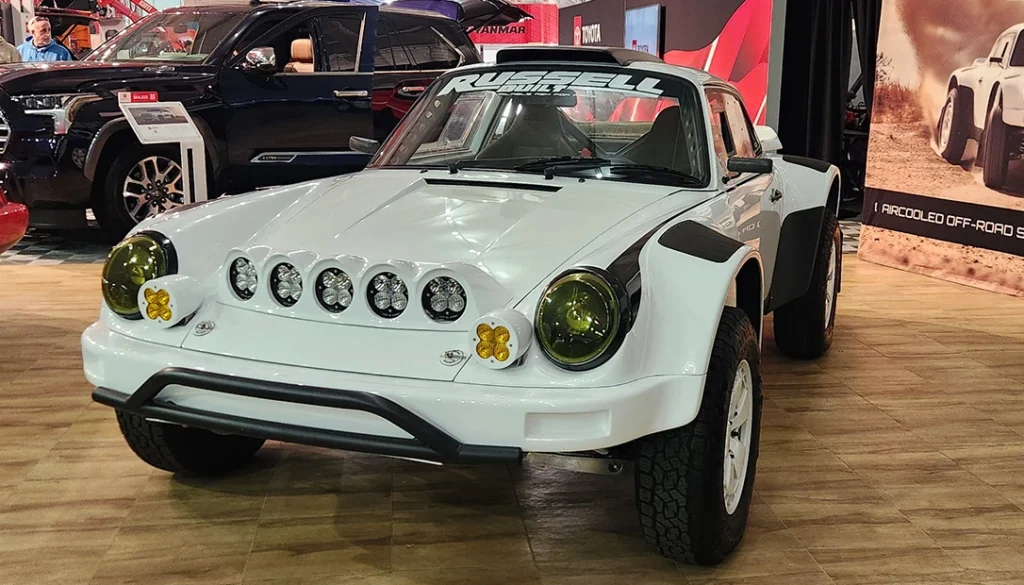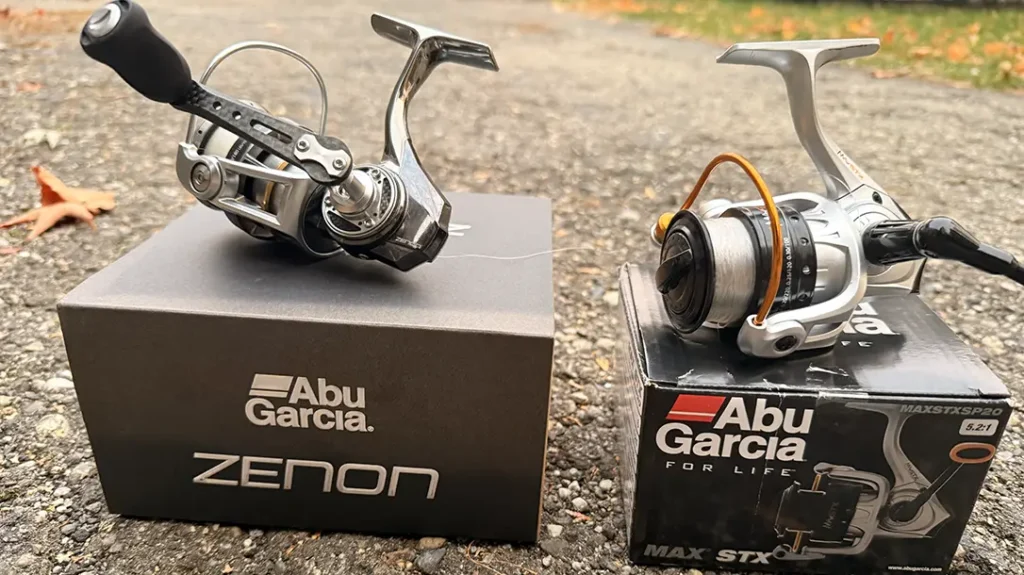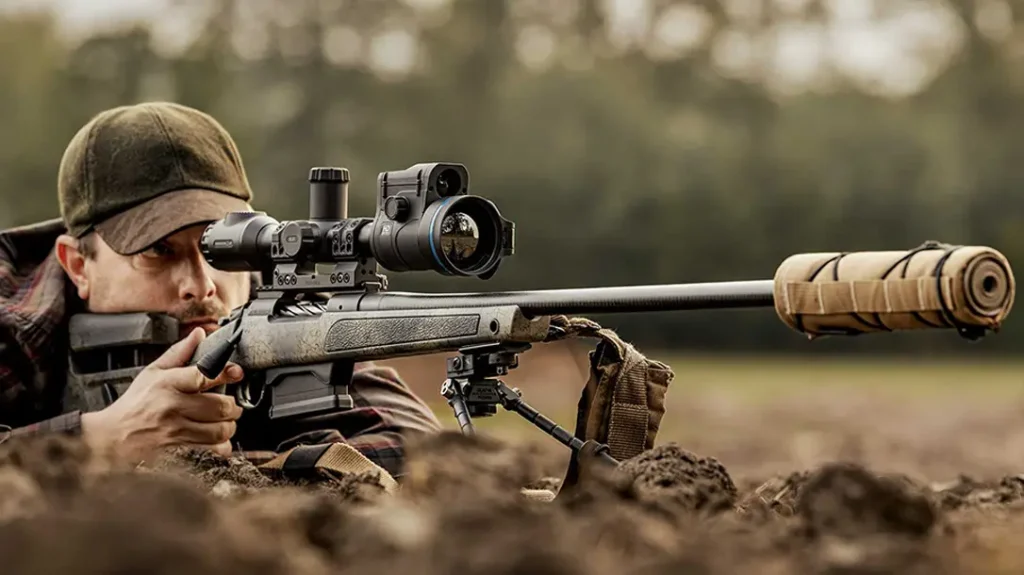Although the Remington 870 shotgun has been around since 1951, initially it did not engender much military interest. During the Korean War and up to the Vietnam War, U.S. troops continued to use the World War II-era Winchester Model 12 and Model 97 Trench and Riot Guns as well as the Stevens Model 520-30 and 620A Trench and Riot Guns. As the U.S. commitment in Vietnam grew, however, there was a need for new shotguns. Even then, the U.S. acquired primarily Ithaca Model 37 and Stevens Model 77E Riot Guns. Having proved itself in U.S. law enforcement use, the Remington 870 would seem to have been a prime candidate for military use, though price may have influenced the choice of shotguns purchased.
Continue Reading: Remington 870 Modular Combat System 12-Gauge Shotgun | Gun Review

Entering Vietnam
Advertisement — Continue Reading Below
In any case, Remington 870s were purchased in the thousands—around 38,500—in the early 1960s to supply the South Vietnamese armed forces. A few may have made it into the hands of U.S. troops acting as advisors, but not many. The first major U.S. military order for 870s was from the Marine Corps. The Marines had been using World War II Trench and Riot Guns, especially Winchester Model 12s. When they decided to acquire a new shotgun, they turned to Remington with some specific requirements. This shotgun was developed in 1969 and had the following characteristics: a 21-inch barrel, a bayonet lug for the M7 bayonet used on the M16, rifle sights, an extended magazine tube that held seven rounds, sling swivels and a Parkerized finish. This shotgun was standardized as the “Model 870 Mark 1” in the spring of 1969, with Remington receiving a contract for 3,200 of them in May 1969. The choice of the M7 bayonet was noteworthy, as traditionally U.S. military shotguns had used the M1917 bayonet from World War I. However, the M7 was readily available and was shorter and less unwieldy than the M1917 bayonet.
“In Afghanistan and Iraq, some 870s were used with folding stocks and others with pistol grip stocks for door breaching.”
Deliveries of the Model 870 Mark 1 began in 1969, but few if any saw combat in Vietnam. The first instance of their use in combat is normally cited as the May 1975 assault on the USS Mayaguez, which had been seized by Cambodian troops. It would have been a good choice for clearing the decks and passageways of a ship. Later, a few Model 870 Mark 1s were equipped with Remington top-folding stocks, but most retained their fixed stocks. The 870 Mark 1 has remained in use with Marines into the 21st century, though now it has mostly been superseded by the Benelli M1014.
During the Vietnam era and later, the standard USAF shotgun was the Remington 870, normally standard police-type riot guns with wooden stocks. The U.S. Navy also acquired a substantial number of 870 riot guns with 18- and 20-inch barrels during the Vietnam era. Although Navy SEALs are most often associated with the Ithaca Model 37 Riot Gun in Vietnam, they also used some Remington 870s. Some 870s were also used aboard ships for guard purposes, including some with cut-down barrels to fit into the arms racks on submarines. Reportedly, U.S. Marine Embassy Guards also had some shorter-barreled Remington 870s with folding stocks.
Advertisement — Continue Reading Below
In Afghanistan and Iraq, some 870s were used with folding stocks and others with pistol–grip stocks for door breaching. Some non-870 Mark 1s were retrofitted with the bayonet lug and were also used. In many cases, these were 870s retrofitted with a 21-inch barrel, a magazine tube extension and a bayonet adaptor. Unlike the Mark 1s, the retrofitted guns did not normally have rifle sights.
Continue Reading: Remington 870 Modular Combat System 12-Gauge Shotgun | Gun Review

Modular Combat System
Advertisement — Continue Reading Below
The most recent Remington 870 in use with the U.S. armed forces is the 870 Modular Combat System (MCS) adopted by the U.S. Air Force. Designed to allow the shotgun to be configured to the needs of an individual unit or user, the MCS has a basic 870 slide action, but the forearm is contoured and ribbed and has a ridge to prevent the hand going forward to slip in front of the muzzle. Equipped with the REM LOC Quick-Change Stock System, the MCS may be configured with either a fixed stock with a pistol grip or just a Pachmayr pistol grip. An M4-type telescoping stock is also available. Making the MCS even more versatile, it comes with three barrels: an 11-inch standoff barrel for breaching, a 14-inch barrel and an 18-inch barrel with rifle sights. Magazine extension tubes allow the MCS to have a 3+1 capacity with the 11-inch barrel, a 5+1 capacity with the 14-inch barrel and a 6+1 capacity with the 18-inch barrel. Other features include a Picatinny rail for optical sights, two small Picatinny rails for illuminators or pointers, two detachable shell carriers and a cleaning rod that also acts as a magazine spring guide when assembling the shotgun. The standard finish for the MCS is Parkerizing.
The Remington 870 MCS is a very versatile system that is especially designed for the USAF. Primary users for shotguns will be the USAF Security Forces and the Special Tactics Squadrons, with some usage by Office of Special Investigations (OSI). The 18-inch configuration is excellent for normal patrol and security missions. With the 14-inch barrel, the MCS will be more compact for use by special tactics units and by OSI for raids or VIP protection missions. Special Tactics units will also find the 11-inch-barreled MCS useful for breaching. In its 18-inch configuration, the MCS seems to be used by some security forces personnel assigned to maritime patrol around bases, such as MacDill AFB, with ocean frontage.
CQB Champion
Advertisement — Continue Reading Below
The shotgun has never been a primary weapon in the U.S. armed forces, but in jungle campaigns, counterinsurgency operations and security of installations, it has proven its worth again and again. Operations during the War on Terror have again proven the usefulness of the shotgun. The USAF has addressed the need for a versatile shotgun with the adoption of the Remington 870 MCS and by some other U.S. military users that have purchased limited numbers of the 870 MCS as well. The Marines used the Model 870 Mark 1 for decades and were highly satisfied with it. It is really no surprise that the Remington 870 has proven itself capable of military service. It has stood up to a half-century of patrolling in squad cars across the United States. For more information, visit remington.com or call 800-243-9700.




































